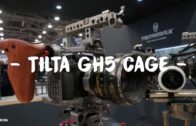Hi filmmakers, I am chung dha. I am a focus puller and I have used both Tilta Nucleus M and the more recent Nucleus Nano II, but you are of course interested to know which is actually the better purchase.

Price wise even a used Nucleus M cost double the price of the Nucleus Nano II, but are you really missing anything when you get the Nano II, while the Nano II is a much newer product with a lot of new features, also the touch screen makes it a lot easier to change settings, but also with certain cameras, you can control the exposure settings, which the M can’t do.
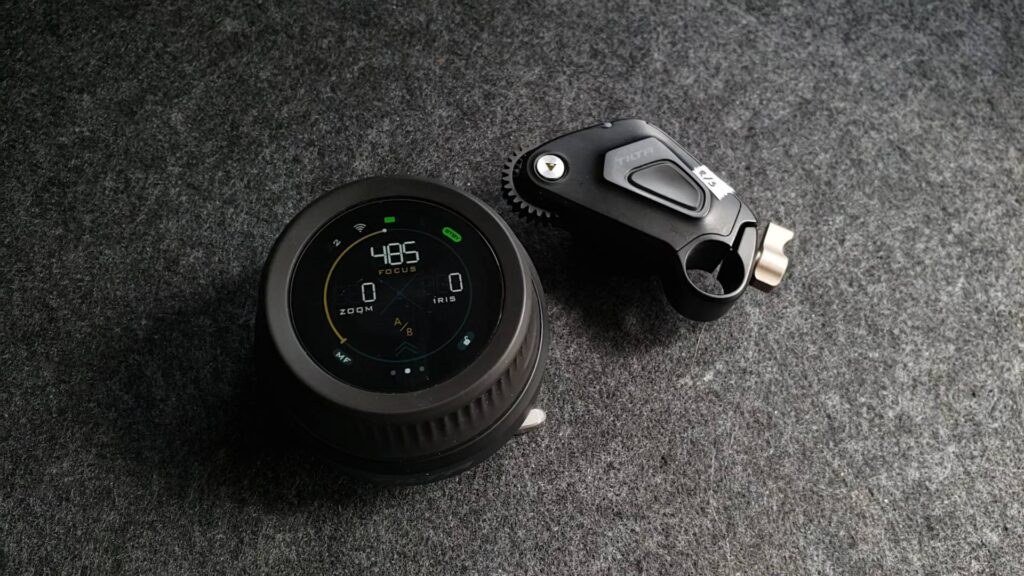
If you just use the Nano II remote you definitely are missing the marker ring. However I simply made my own mod to add an ARRI WCU marker ring, which does not cost that much and still cost a lot less than Nucleus M. But also the knob size becomes much better to do more precise focussing while the knob on the M for me feels a tad too small.
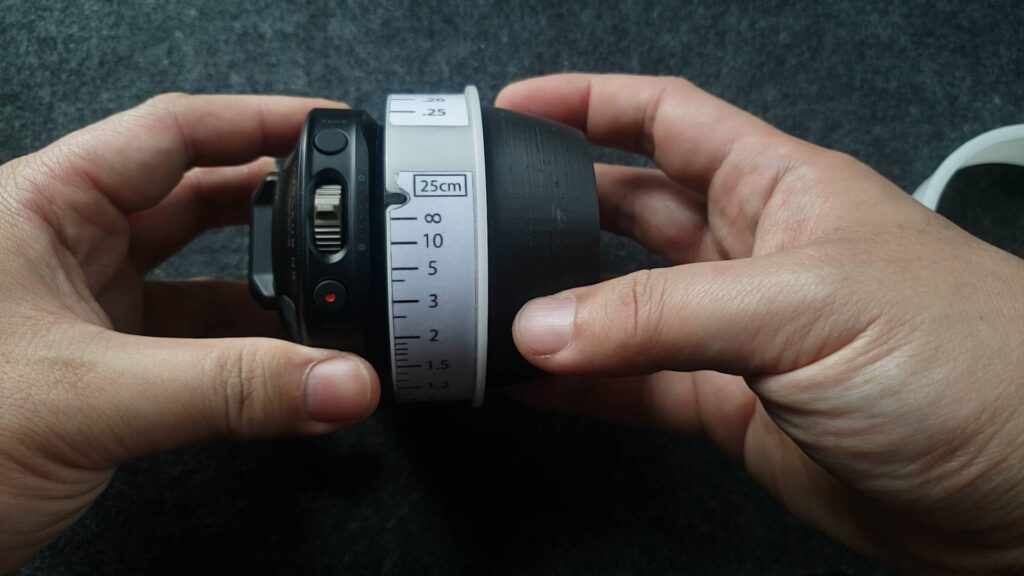
The only real thing you will be missing with the Nano II is being able to control 3 motors at the time, as the Nano II can only control 2 motors on the remote. However in reality you rarely need to adjust the Iris and most often only need to Focus and also not a lot of film sets use Cine zoom lenses and so a zoom motor is not often needed either. But the zoom rocker and the focus knob is enough for most jobs.
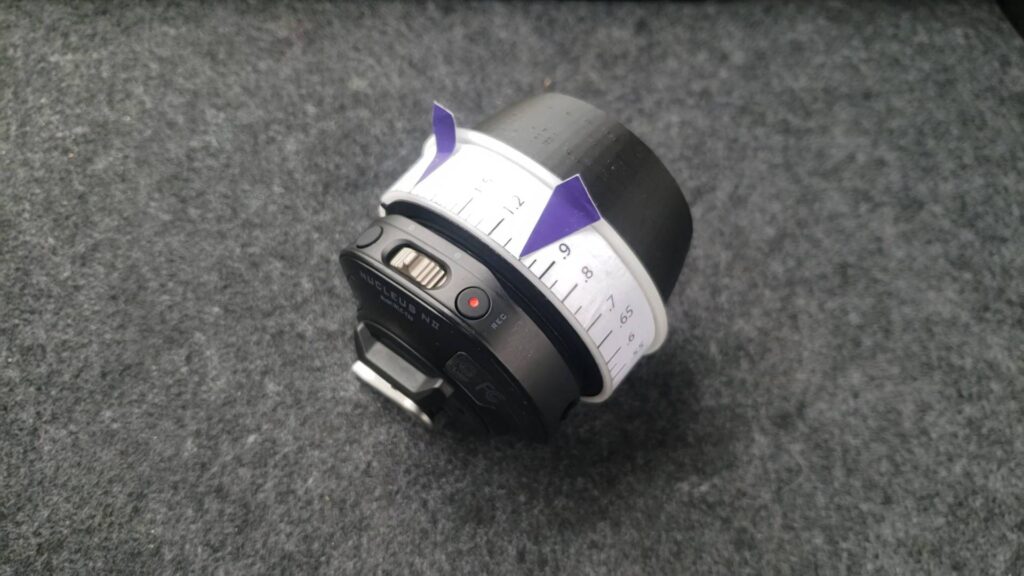
Mounting the remotes, the Nano II has a built in Nato rail clamp which makes it quite easy to build a setup for it. M you need to buy an 80 bucks bracket to enable you to mount, which honestly makes the Nucleus M even more expensive. And often see a lot of people not willing to pay for that extra mount, while it will make focussing a lot easier when the remote is mounted on a focus station.
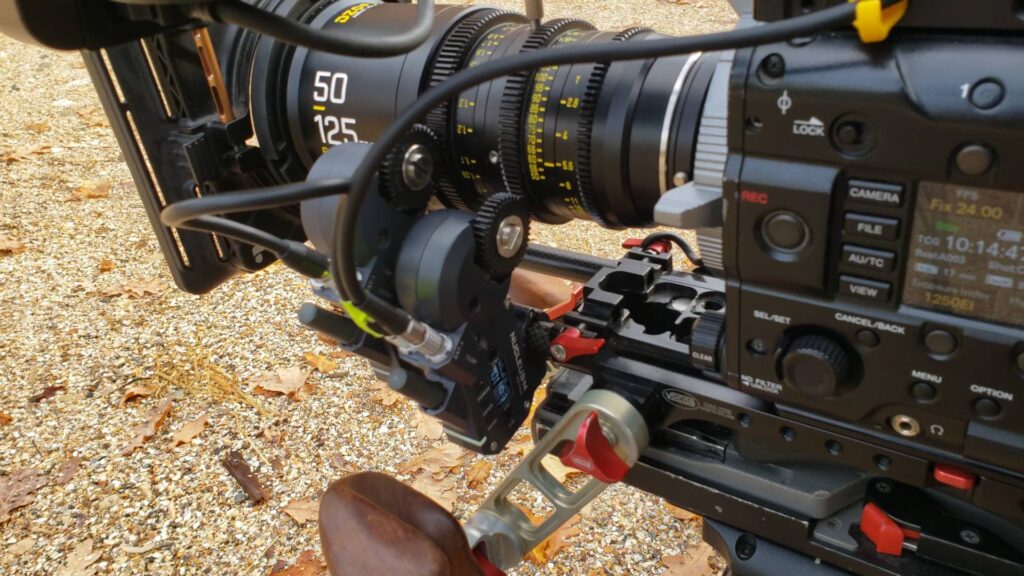
Powering the M are 2 big batteries that are also used on certain gimbals. Good batteries last a few days, but some units have bad batteries that last only half a day, so you need to make sure you have back up batteries with you. The Nano II has a built in battery that lasts 7 hours, however there is a USB-C port that can be used to power the Nano II with an external power source to extend the battery life.
So the most important difference is actually the motors, the M motor does have a plus side as it can be mounted on 19mm rods which are stronger and won’t bend as easily as 15mm rods. But the M also has a major con, is that it does not automatically turn on when it gets power, which makes it annoying when you do battery swaps you also have an extra step of pressing power on button.
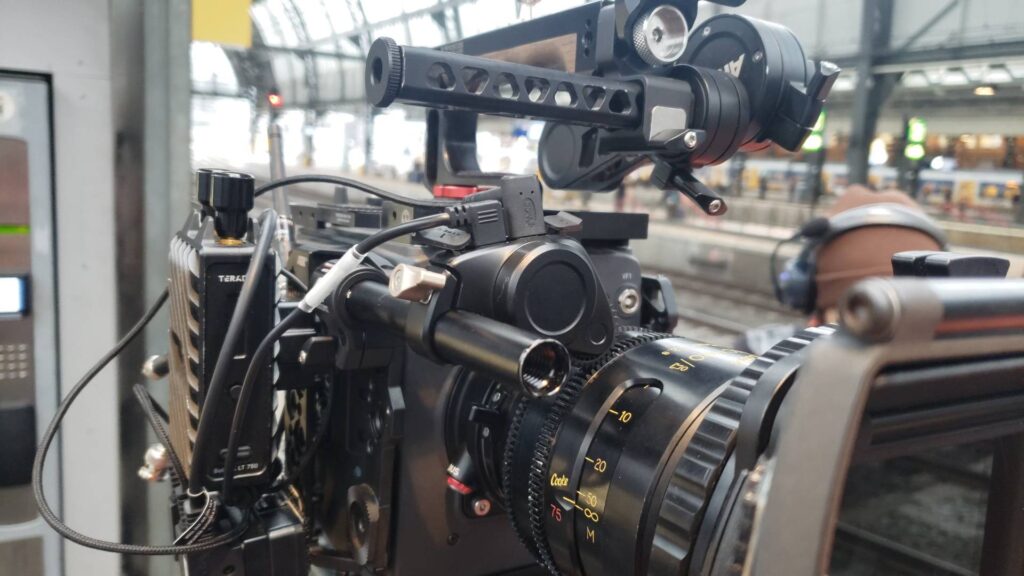
The Nano II is more simple as it turns on by itself, there is just one button to calibrate or change channel with. But the biggest benefit of the Nano II is that it has a torque of 5 nm when powering via a D-TAP and its strength is stronger than the 2.5 nm of the M motor. However the Nano II remote can control the M motor and I have bought an M motor as a kind of backup or if the camera setup uses 19mm rods. However I can’t use Nano II plus the M motor together and it seems to only allow either two Nano II motors or two M motors.
Both remote have start stop record and also cables for professional cinema cameras like Panasonic BS1H, Arri Alexa Mini, Sony FX6 and FX9 and more. So you won’t really lose anything by using the Nano II. But the Nano II can also use bluetooth to remotely trigger blackmagic cameras and also certain mirrorless cameras, which the M can’t do.
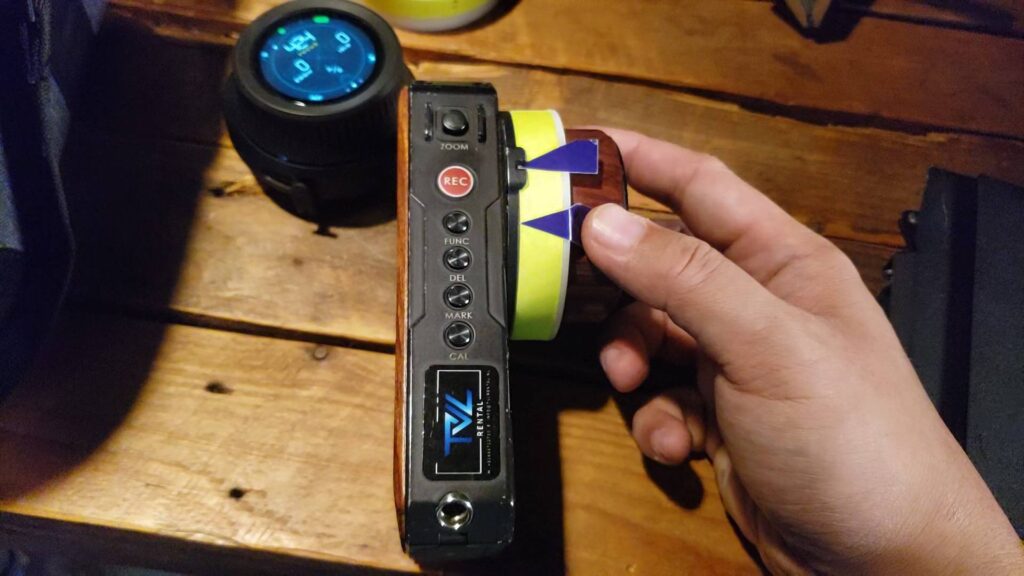
One big problem with the Nucleus M is using the remote in the winter, the knob is known to become quite stiff in the cold, which I have experienced over different M units, while the Nano II does not have this issue at all as I have worked with both during the winter .

In conclusion it is just better to purchase the Tilta Nucleus Nano II as there isn’t enough benefit going for the older M, plus the money saved buying the Nano II you can purchase the marker mod, the start stop record cables and a 2nd motor and you still be cheaper off than buying the M used or brand new.

